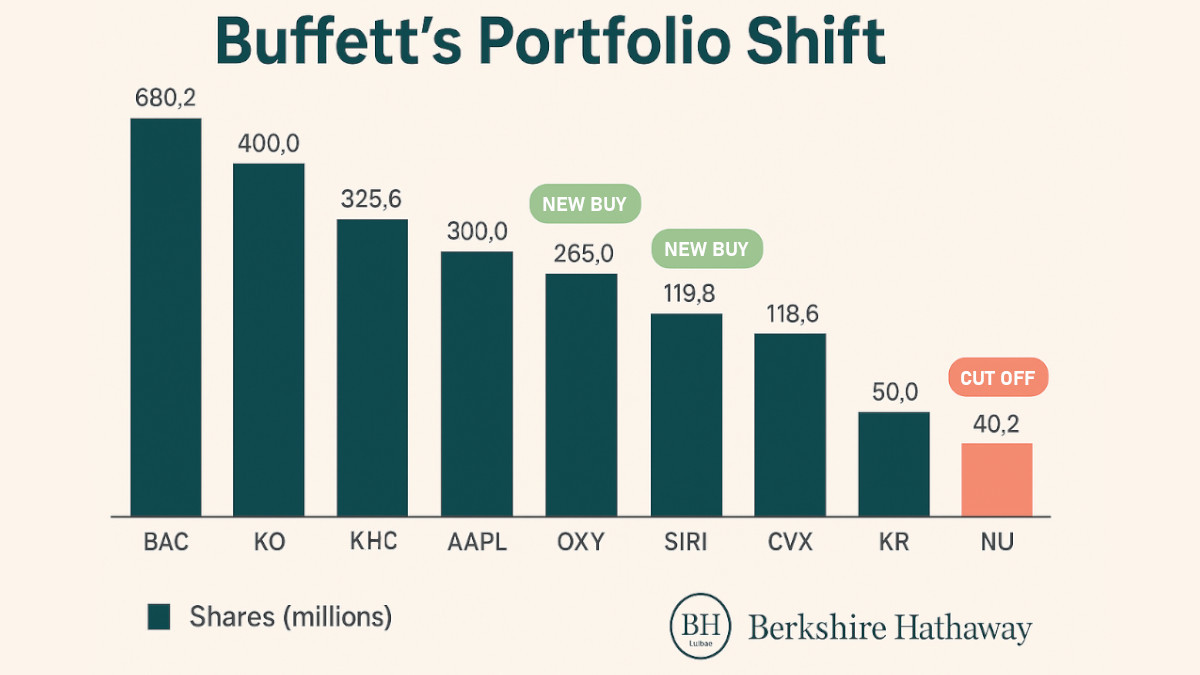- Analytics
- Trading News
- Consumer Behavior and Inflation: What Traders Need to Know
Consumer Behavior and Inflation: What Traders Need to Know

The Federal Reserve is trying to control inflation and foster a stable job market. As inflation remains a pressing concern for consumers, there is nuanced understanding of the economic realities facing various segments of the workforce.
Inflation Trends and Consumer Impact
Year-over-year inflation rate has decreased significantly, falling from over 9% in June 2022 to approximately 2.4% recently. This decline indicates that the aggressive measures taken by the Fed to control inflation have had a positive effect. However, the psychological impact of inflation persists, especially among lower-income workers who have not experienced the same wage growth as their higher-earning counterparts.
Wage Growth Disparities
While wages are growing faster than inflation overall, the recovery is uneven. High-earning workers are better positioned to cope with rising prices due to their real wages keeping pace with costs. Conversely, lower-income earners continue to struggle with the burden of inflation, creating a sense of economic disparity. This distinction is crucial for traders to consider, as it indicates that consumer spending behavior may remain restrained, especially among lower-income demographics.
Inflation and Employment
There is a dual mandate of maintaining low inflation and low unemployment. The recent focus on the job market comes as a response to the potential negative impacts of high interest rates on employment. As the Fed contemplates future rate cuts—potentially second in 2024—traders should be aware that these decisions are contingent on the labor market’s performance and inflation trends.
Historically, it typically takes two to three years for consumers to adjust their perceptions of prices after inflation stabilizes. This timeframe indicates that even with decreasing inflation rates, it may take considerable time for consumers to feel the effects in their daily lives, which could influence spending habits and overall economic sentiment.
Market Opportunities and Trading Strategies
The Fed may cut rates further in 2024 presenting a trading opportunity in interest rate-sensitive assets. Traders should monitor economic indicators closely, particularly those related to inflation and employment figures. A potential decline in rates could lead to a bullish environment for sectors like real estate and utilities, which typically benefit from lower borrowing costs.
Consumer Discretionary Sector
Given the disparities in wage growth, traders should analyze the consumer discretionary sector carefully. Companies that cater to higher-income consumers may see stable or even increasing demand, while those targeting lower-income consumers may face obstacles. Identifying companies that can adapt to changing consumer behavior will be essential for investment strategies.
Inflation-Protected Securities
With lingering concerns about inflation—even as rates have cooled—traders may consider allocating funds to Treasury Inflation-Protected Securities (TIPS). These can provide a hedge against unexpected inflationary pressures, offering a balanced approach to risk management.
Conclusion
There is an obvious complexity to the current economic environment, where inflation has stabilized but consumer sentiment and wage inequality continue to pose challenges. Traders should keep an eye on interest rate trends, consumer behavior and sector performance.







